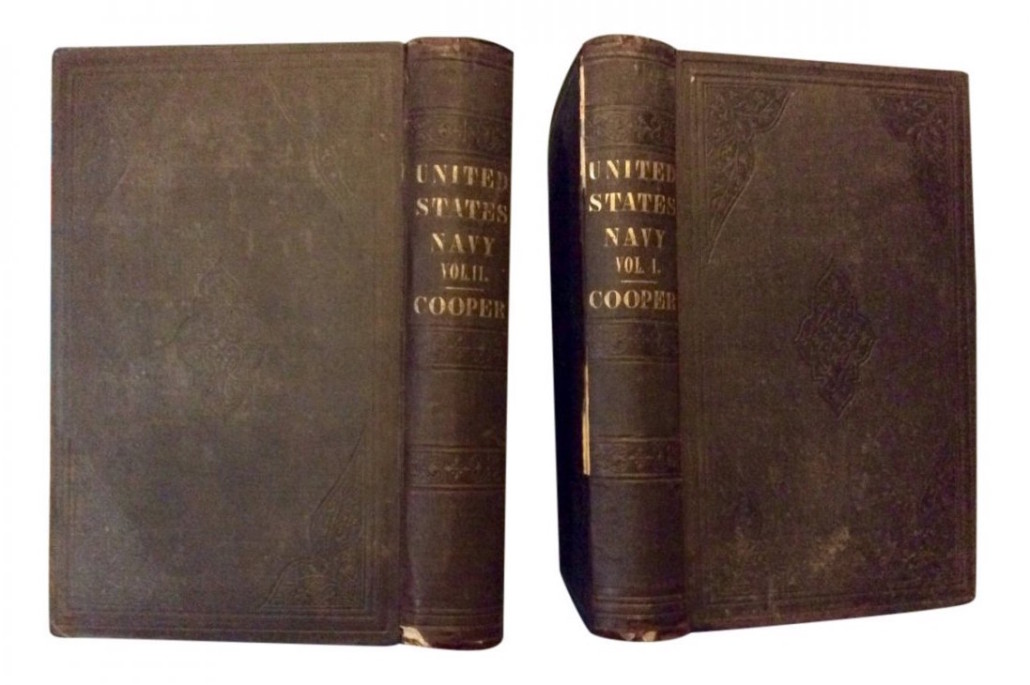Getting Hooked on Rare Books: 3 Experts Share Their Stories
From the time you learn to read as a child, you are invited to explore new cultures and discover new worlds through books. This nostalgic root of reading is core to why antiquarian and rare books are eternally popular, even despite the rise of e-readers and the Internet. But how does one make the leap from book lover to rare book obsessor? We reached out to three rare book experts and asked them to answer our burning question: What was the first book that got you hooked on rare books and collecting?
Angel Webster, Specialist in the New Rare Books
I read Moby Dick in High School and then wrote an essay on it to help me get into a good college. I got an A and I moved on. And on and on. I couldn’t wait to leave my small town. The next thing I knew I was 40 and there it was one day in front of me…a First Edition of Moby Dick. The book that I used to get me into college. It was squat, battered and faded. It looked like a tired, useless, old, used book. Moby Dick — where all Americans are represented as afloat, isolated on the waters, in danger, working, struggling, suffering — but as one tireless unit. And it was complete, that love I had for it, how it, like me, had struggled to exist and be seen and read, against all odds.
The first book in my collection was “The Old Huntsman and Other Poems” by Siegfried Sassoon. Second American Printing, 1920. I discovered it in a corner section of books in a used furniture store. Books from that era are hard to spot but if you squint your eyes and look for bland, buckram spines, you sometimes get lucky.
Erik DuRon, Rare Book Expert

By Glenn Cravath – http://www.fullyarticulated.com/page30/page36/page35/page24/, Public Domain, https://commons.wikimedia.org/w/index.php?curid=49572764
The first book I bought for myself, when I was 8, was an Ace paperback reprint of the novelization of the original King Kong film from the 1930s. I found it in a spinning rack at an old drugstore in Greenwich Village, the kind of place with a mosaic tile floor and glass jars on wooden shelves behind the counter. The dusty, slightly medicinal smell of the place is forever associated in my mind with books. I still have that paperback.
Jennifer Robertson, Book and Paper Conservator
I don’t know if there was one particular book I could trace to, but when I started a part-time job at a used book store that also dealt in antiquarian books, my world was changed.
At the time, I came from a fine art background, so I started working with prints, maps and ephemera. But they got me cataloguing some of the rare books as well, and the tactility of the materials – leather, cords, parchment, gold tooling, etc. – really captured my attention.
Working at that bookstore led me to a career in conservation, where I now specialize in the conservation and restoration of fine art on paper, archival materials and rare books. I work privately and treat items for a variety of museums, libraries and archives, as well as private collectors. So, I own very few rare books myself, but I feel that every time that passes through my studio is a little bit mine, for a short time.
One of my biggest thrills was when, during an internship position, I worked on a page from the Gutenberg Bible. Not many people in the world can say they’ve handled a piece of history like that!
What got you hooked on book collecting? Do you have a distinct memory of the first book you collected? Share your stories with us on Twitter @ByJasper52 – We can’t wait to hear and retweet our favorites.









 Erik DuRon has nearly 20 years of experience buying and selling rare books in all fields, first at Bauman Rare Books in New York City, and then independently. He has built collections for diverse clients, and collaborates with and consults for collectors, booksellers and auction houses. He lives in Brooklyn and can be reached at
Erik DuRon has nearly 20 years of experience buying and selling rare books in all fields, first at Bauman Rare Books in New York City, and then independently. He has built collections for diverse clients, and collaborates with and consults for collectors, booksellers and auction houses. He lives in Brooklyn and can be reached at 




